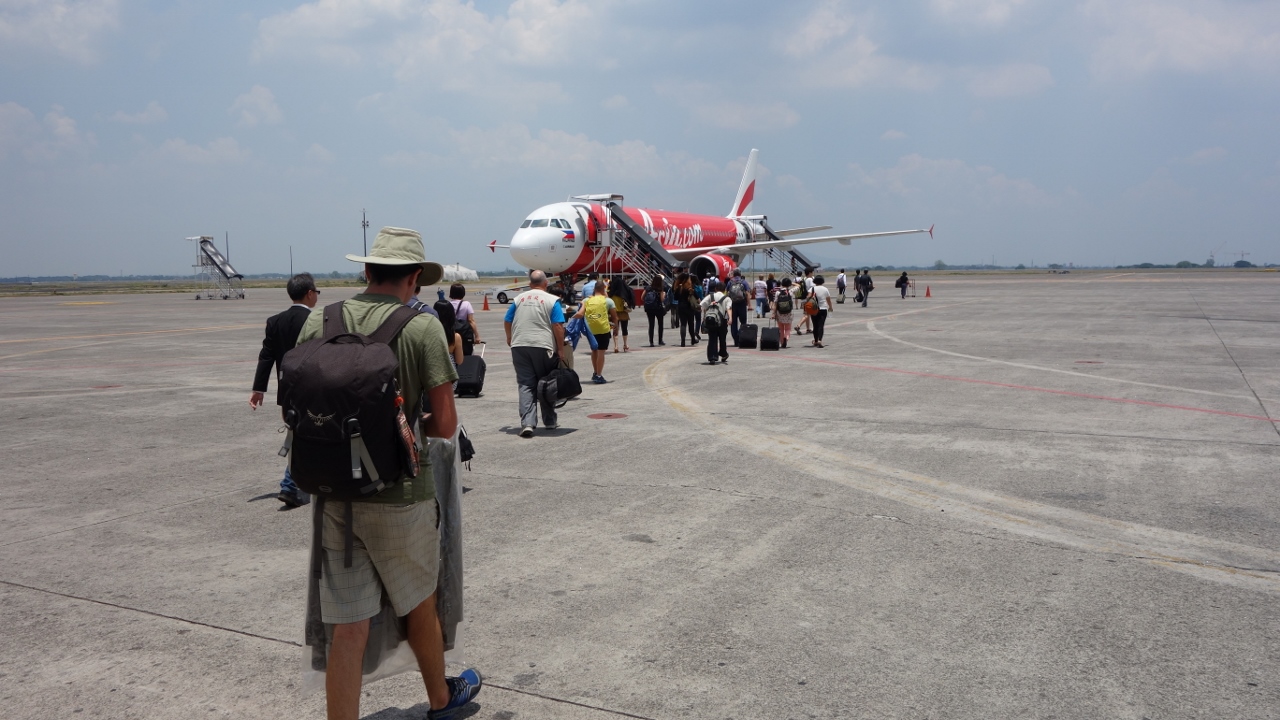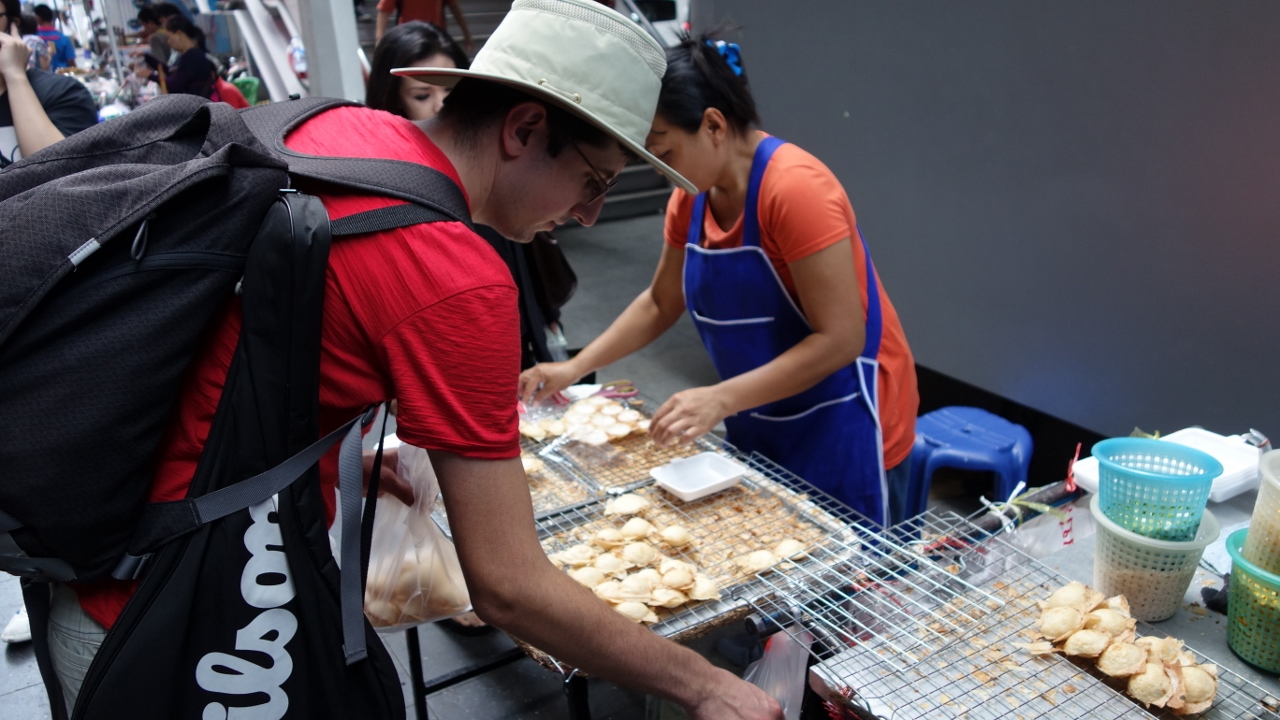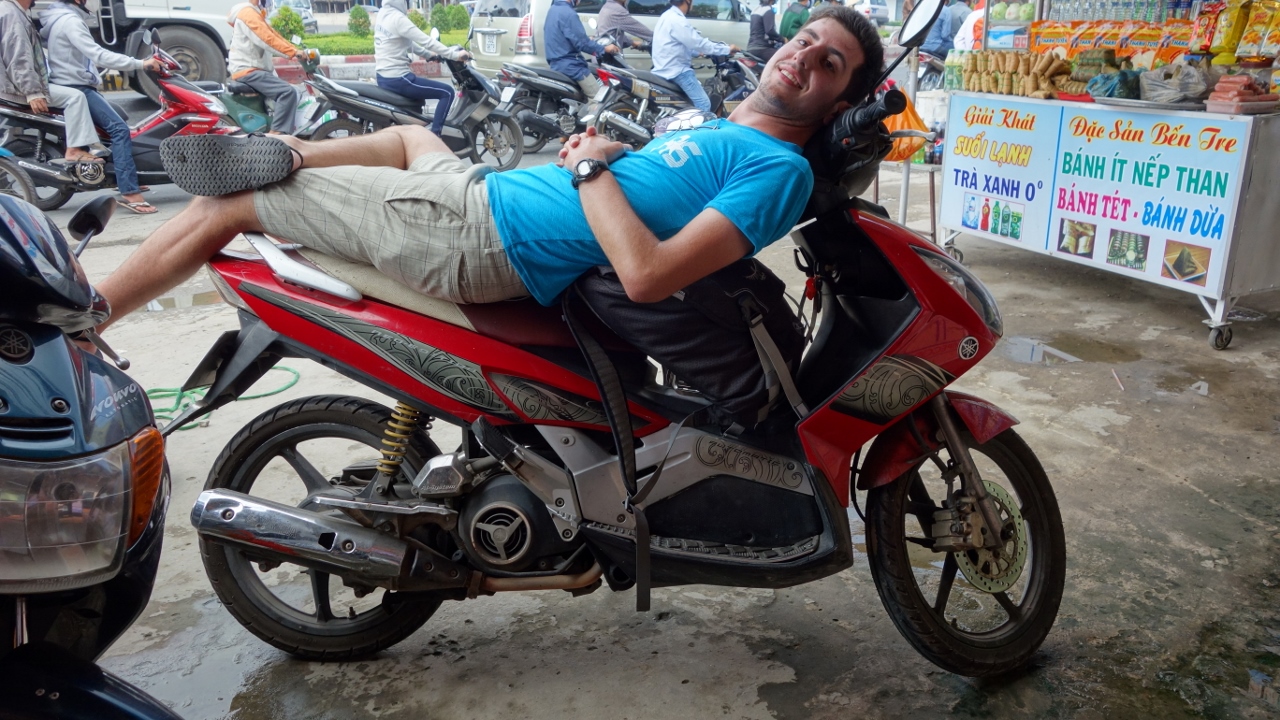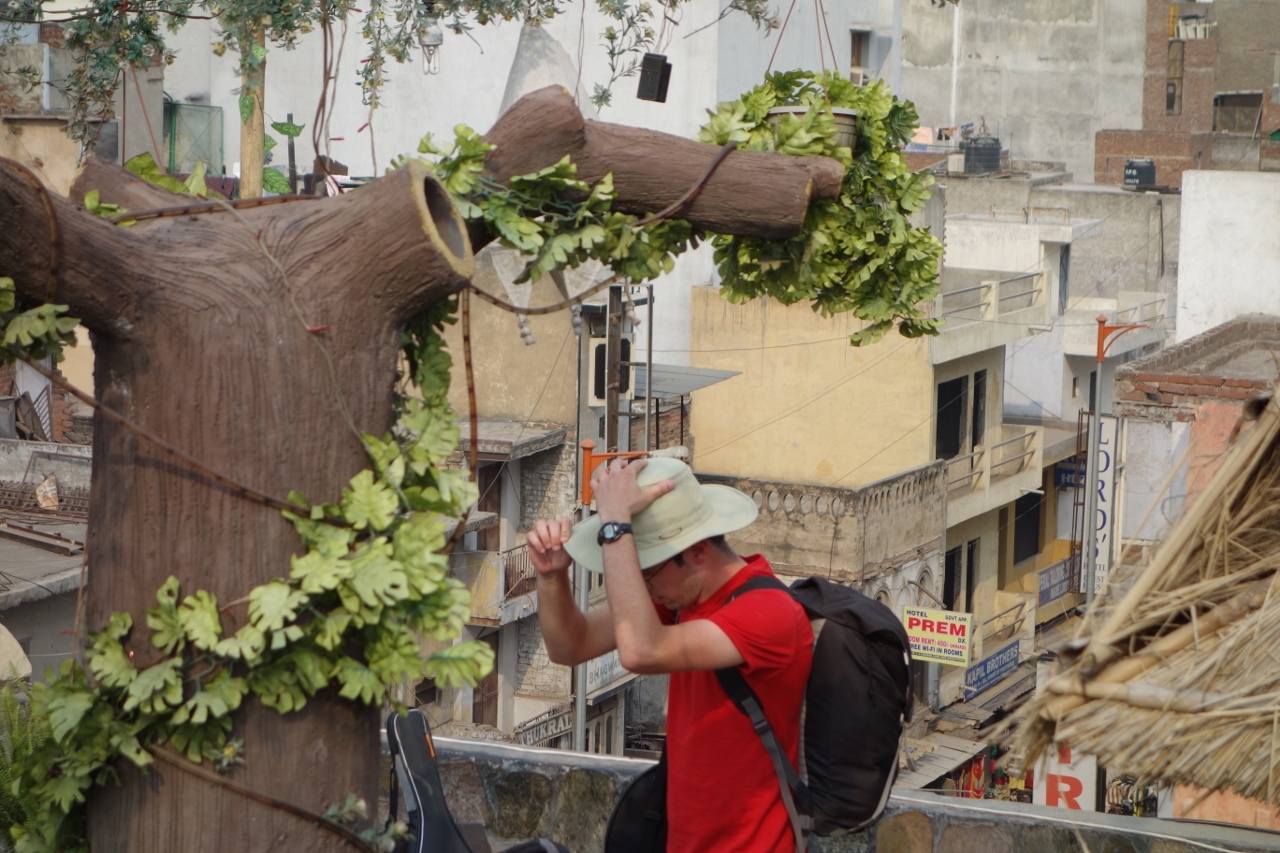 Like Vince, I didn’t buy a new pack for this trip—I used one I already had. That’s frugality in action, folks. Take notes.
Like Vince, I didn’t buy a new pack for this trip—I used one I already had. That’s frugality in action, folks. Take notes.
This particular bag is my second purchase from Osprey. I love their stuff. The first backpack I had of theirs was bought during college, and at one point while surfing I stupidly left it on a rock for two hours as the tide came in. By the time I returned to shore, the bag was partly underwater, half-buried in sand, and waves were crashing down on top of it. My books inside were dry. My hard drive was undamaged. I became a die-hard Osprey fan.
When I bought the Flapjack, I never considered that I might use it as my only long-term travel luggage. As it happens, though, it fits the bill almost perfectly. The spec’d capacity is 25L, a little larger than Vince’s.[1] The organization of the pack isn’t great, but it’s good enough. And it really shines in the place it matters most: long-term comfort.
Because of the way the Flapjack’s designed, it’s actually kind of a variable-capacity pack. The two smallest compartments (front and side) are closed by zipper. The middleweight front pocket is closed by a little patch of velcro, but ends up being covered by the main compartment flap anyway. And the main compartment, with a generous laptop sleeve, is closed via two buckles by the large flap that dominates the front side of the pack. (Edit 10/2013: There’s a new version of the Flapjack out now, with some minor modifications. The middle pocket, that’s closed by Velcro on my bag, now has a zipper. It seems they’ve tweaked the back of the bag for more airflow. And there’s a new pocket in the flap itself. All of these sound like improvements to me.)
Now, a pack with so few compartments may not be for everyone. Tynan uses a Tom Bihn pack that specs at only 19 liters, but it’s incredibly well-organized. With the Flapjack, most of my gear ends up stacked into the main compartment, which limits accessibility somewhat. The advantage, though, is that the design lends the backpack a very sleek look and feel. My gear is tucked in closer to my back, in more of an upright column, in the way of the jet-pack-looking luggage of the stereotypical backpacker (but of course much smaller). And the flap-close system means that there’s leeway in how big it actually is – with the flap cinched down tight, it’s probably only an 18 liter bag. With the main compartment overstuffed and the flap riding high, it may be more than 25 L.
I bought mine for 100 dollars, but Zappos has it right now for $75. You should buy one.
[1] Yeah, I know. But “25 Liter Life” isn’t as catchy.
Edit 10/2013: This post has been backdated. I wrote it during our spring 2013 Asia trip, but we never got around to publishing it. Vince and I have since both upgraded to the Tom Bihn Synapse 25 (review pending), but I figured this was still worth posting because the Flapjack is such a good backpack. There are things about it that I like more than the Synapse, which cost me twice as much. If you’re looking for a backpack for our kind of travel, for under $100, my advice still stands: Buy it. Beat it up. It won’t let you down.






Thank you!!
The new Flapjack pack is significantly better than its predecessor. It has a single closure point for the front flap as well as the modifications you mentioned. The capacity may well be smaller as Osprey now give the volume as 1282 cu in / 21 L. All in all it’s a great pack that (to me anyway) looks more stylish and a better carry. It has quickly become my carry on of choice.
Keep up the interesting articles and interesting travels.
I’ve had the FlapJill for years now. Although I have yet to travel with it, it is my commuter bag, so I use it everyday. Still looking like it’s new. 🙂